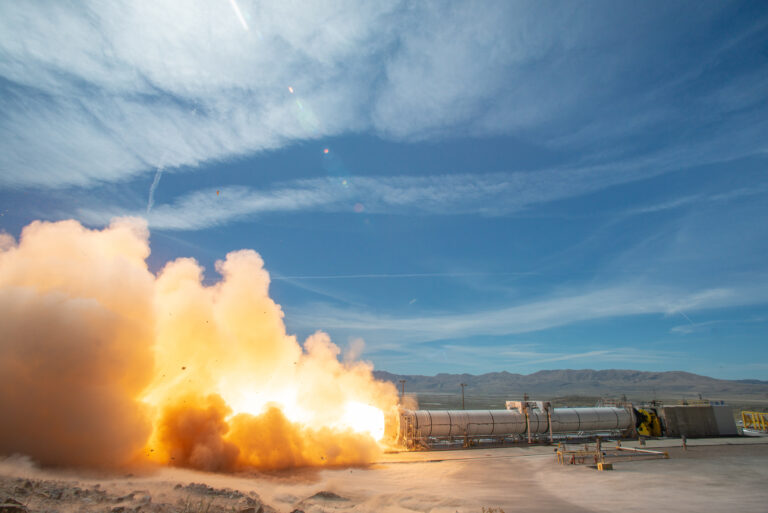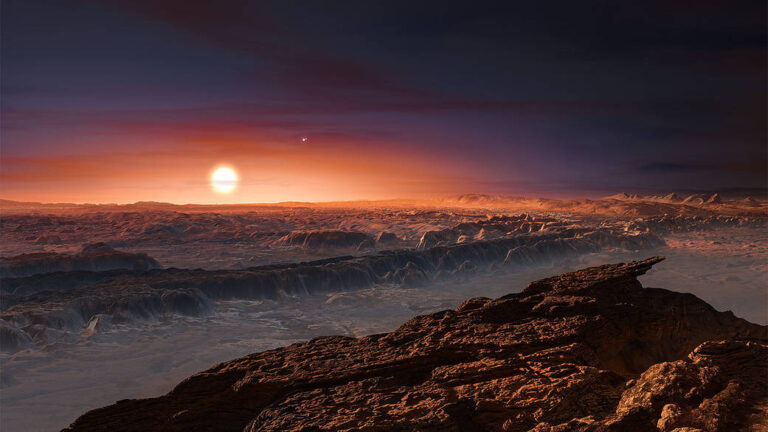《星际迷航》和美国宇航局:54年了,还在继续
Star Trek debuted 54 years ago on Sept. 8, 1966. Fans of the television science fiction series Star Trek were saddened when the show’s final episode aired on June 3, 1969. It seemed like the end of a very short era, as the program had only been on the air for three seasons. But, the show and its influence continue. In the documentary “NASA on the Edge of Forever: Science in Space,” host NASA astronaut Victor Glover states, “Science and Star Trek go hand-in-hand.” The film explores how for the past 50 years, Star Trek has influenced scientists, engineers, and even astronauts to reach beyond their potential. While the ISS doesn’t speed through the galaxy like the Starship Enterprise, much of the research conducted aboard…










